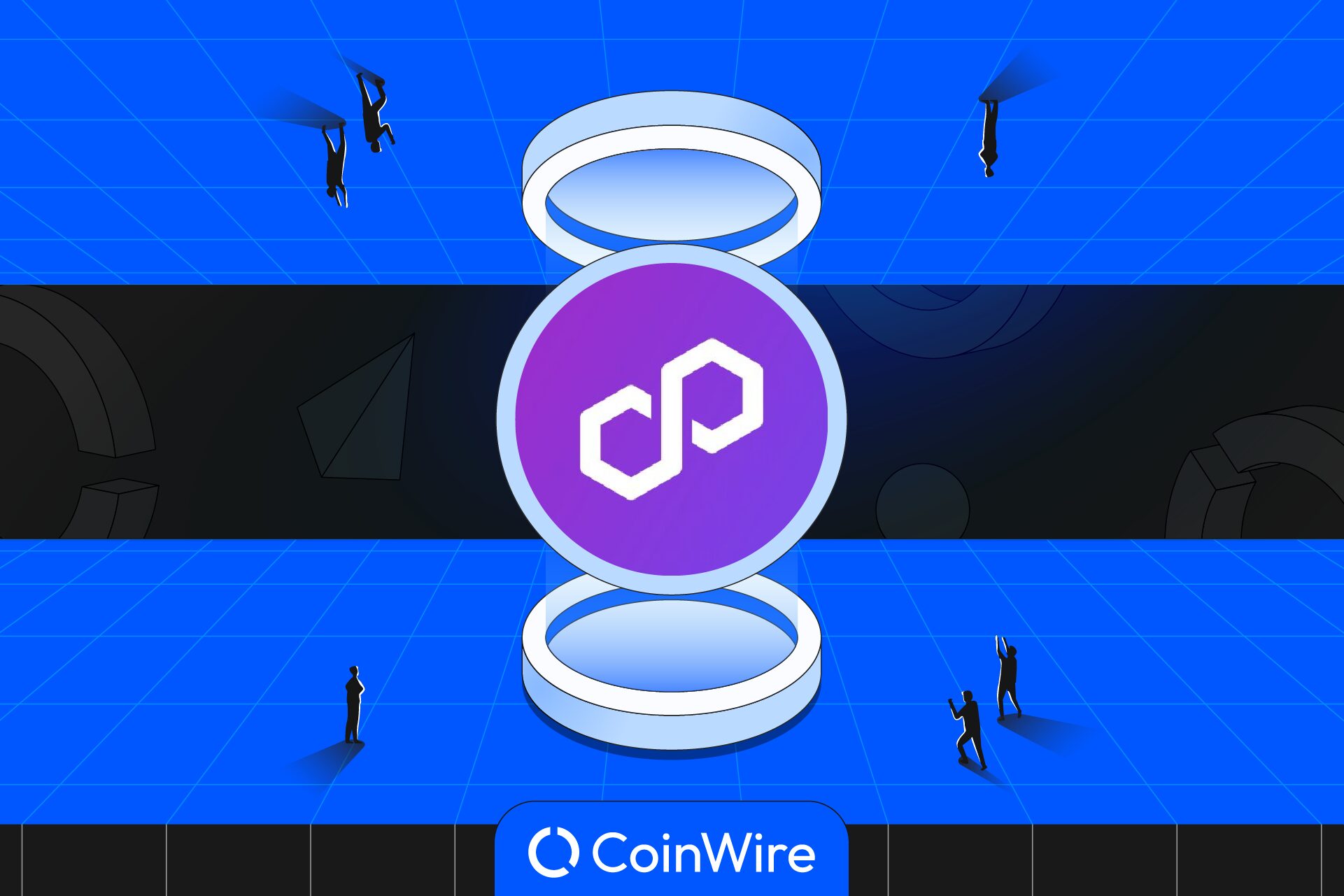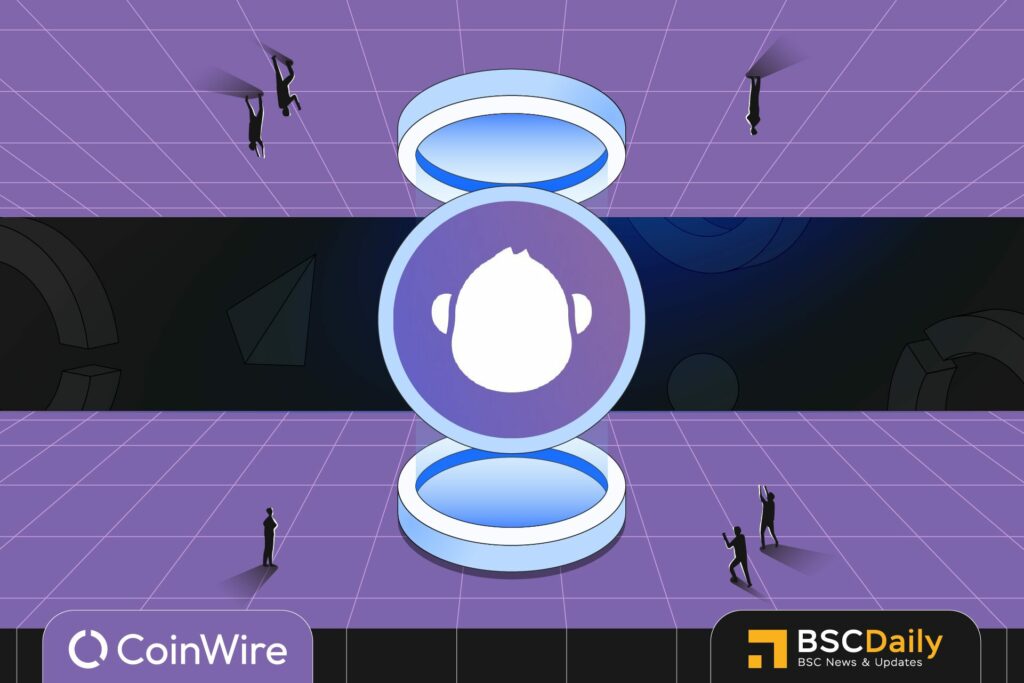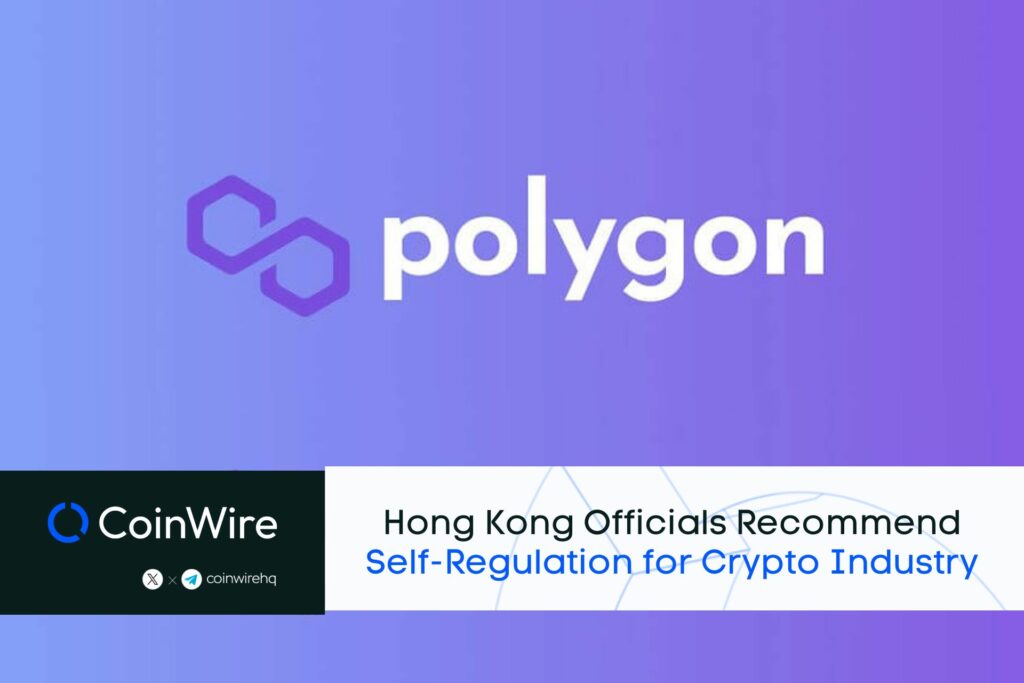In the recent spike of the cryptocurrency market, Polygon’s native token, MATIC, once a standout performer in the bull run of 2021, has not fared as well with investors and traders. Over the last year, while cryptocurrencies have been rallying, MATIC experienced a decline of approximately 32%, lagging significantly behind its layer-2 counterparts such as OP and SKL, which saw increases of 216%, 46%, and 50% respectively, as per data from market statistics. Even Arbitrum’s ARB, a newer entry in the market for less than a year, outpaced MATIC’s gains within six months.
Comparatively, Bitcoin, the leading cryptocurrency by market capitalization, escalated to $51,700, marking over a 100% increase in a year. Meanwhile, the CD 20 Index, a broader measure of the market, climbed by 70%, and Ethereum’s ether rose by 76%.
MATIC down
The downturn in MATIC’s fortunes marks a stark contrast to 2021, when it achieved impressive triple-digit gains, outperforming the market significantly during the bull run’s corrective waves. The enthusiasm then was partly due to Polygon’s leading position as a primary sidechain for Ethereum. However, the technological landscape has evolved, with the industry now leaning towards rollup-based scaling networks.
In response to this shift, Polygon introduced the Polygon zkEVM, incorporating ZK-rollup technology to bundle transactions and process them outside Ethereum’s main chain. This move places it in direct competition with other popular Ethereum scaling solutions like Arbitrum and Optimism, which utilize a different but equally popular technology known as optimistic rollups. Despite these advancements, Polygon continues to support its legacy chain, Polygon PoS, based on the Plasma framework and proof-of-stake consensus mechanism.
Furthering its technological advancements, Polygon recently launched the Polygon CDK, a chain development kit centred around ZK technology, enabling developers to create their layer-2 networks. Additionally, Polygon announced a significant technological advancement with its “Type 1 prover,” enhancing Ethereum EVM compatibility for layer-2 networks through zero-knowledge proofs.
Polygon officials have chosen not to comment on these developments. Nonetheless, there are indications that Polygon’s strategic adjustments might be beginning to yield results, with MATIC seeing a 24% increase in the past month, outperforming the 14% rise of the CoinDesk 20 index during the same timeframe. Such a boost pushed the price of MATIC to $1.03 on Gate.io, a great rest point for the token before the next ascent.
Polygon is also preparing to introduce a new “aggregation layer,” or “AggLayer,” aimed at consolidating the fragmented blockchain ecosystem into a unified network of ZK-secured L1 and L2 chains. This, along with the rollout of Polygon CDK, could potentially alter investor sentiment favorably.
However, investor reluctance over the past year may be attributed to several factors, including Polygon zkEVM’s transaction validity mechanism, which may place it at a disadvantage compared to Optimism and Arbitrum, especially in light of Ethereum’s upcoming Dencun upgrade. This upgrade will introduce a new transaction type that reduces costs and enhances efficiency, favoring layer-2 solutions like rollups by allowing them to store transaction data more efficiently.
Despite these challenges, Polygon’s substantial data submissions to Ethereum could mean it stands to gain from the Dencun upgrade. However, a key departure within the company, specifically former President Ryan Wyatt’s move to Optimism, has also been identified as a factor impacting MATIC’s performance.
Arbitrum (ARB) is winning over DeFi
In the realm of decentralized finance (DeFi), Arbitrum (similarly priced at $1.03) leads with a significant trading volume and assets locked in its protocols, positioning it as a preferred choice for traders over Polygon. The competitive landscape has prompted analysis of relative valuations and tokenomics, highlighting the ongoing adjustments and strategies of layer-2 solutions in attracting investment and maintaining relevance in the evolving crypto market.
Arbitrum prevails in trading volume primarily due to its technological framework and efficient scaling solutions that cater to the needs of decentralized finance (DeFi) traders and applications. As a leading layer-2 scaling solution for Ethereum, Arbitrum employs optimistic rollup technology, which significantly enhances transaction throughput and reduces latency, all while maintaining security guarantees of the Ethereum mainnet.
This efficiency attracts a large number of DeFi projects and traders, seeking faster and more cost-effective transactions without compromising on security. Additionally, Arbitrum’s compatibility with Ethereum’s existing developer tooling and ecosystem means that projects can easily migrate or extend their applications onto Arbitrum, further boosting its adoption and trading volumes.
The platform’s emphasis on reducing gas fees and transaction times directly addresses some of the major pain points in the Ethereum network, making it an attractive option for high-frequency trading and complex DeFi protocols that require high throughput and low latency.
Disclaimer
Opinions stated on CoinWire.com do not constitute investment advice. Before making any high-risk investments in cryptocurrency, or digital assets, investors should conduct extensive research. Please be aware that any transfers and transactions are entirely at your own risk, and any losses you may experience are entirely your own. CoinWire.com does not encourage the purchase or sale of any cryptocurrencies or digital assets, and it is not an investment advisor. Please be aware that CoinWire.com engages in affiliate marketing.







